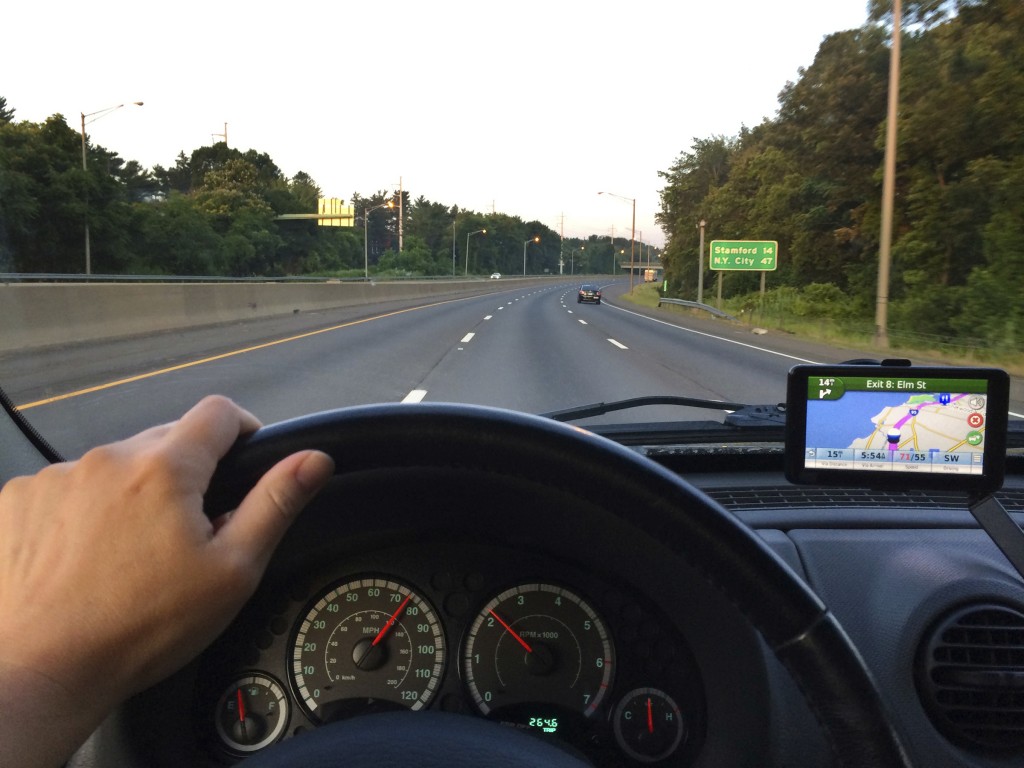Did you know that summer—not winter as you might expect—is the most dangerous driving season? During the summer months, particularly on long weekends like Memorial Day, there is an increase in the number of vehicles on the nation’s roadways; and, according to the Department of Transportation, the summer actually accounts for an 18% increase in fatal car accidents. Prevention and planning are much easier than dealing with the consequences of a breakdown or accident, so we’re sharing some great tips for safer summer road trips:

1) Don’t drive distracted: We all know that using our phones in the car is a bad idea, but here’s some additional perspective: USA Today found that cell phone usage causes 1 in 4 accidents and the Virginia Tech Transportation Institute says text messaging creates a crash risk 23 times worse than driving while not distracted. Currently there is no national ban on cell phone usage while driving, but a number of states have passed their own laws. For more information on cell phone driving laws for all 50 states, check out the DMV’s safety page. Bonus: this page also has the latest info on topics such as leaving children and pets unattended in a vehicle (big no no!), child safety seat laws, motorcycle helmet requirements and more.
2) Visit your mechanic: Overheating. Battery strain. A broken A/C. Despite what we may think, summer can bring its own set of maintenance challenges. The good news? By taking a bit of time now, you can make it easier for your vehicle to deal with summer conditions—and perhaps prevent some jaw-dropping repair bills later. We all know check-ups are important year-round, but check out this handy list of things your mechanic should check before you head out on the road this summer.
3) Check your tires: Lucky for us, it doesn’t require a mechanic to check your tire pressure. Yet, according to AAA, roughly 1.1 million drivers will call for help with a flat tire during the summer travel season—and many of these problems could be avoided by simply inspecting tires before hitting the road. Properly inflated tires can reduce fuel costs (especially important in the summer when gas prices rise!) and extend the life of your tires. Use a quality gauge to make sure all five of your tires are inflated to the pressures recommended by your tire and/or vehicle manufacturer. Wait…did we say five? Yes, we sure did! One of the most frequently overlooked items on a vehicle is a spare tire; so, check that you not only have an available spare, but that it’s also properly inflated and stowed.
4) Stay on track and avoid busy roads: Map your route in advance, including potential rest stops, food and gas stations, and input all the addresses you need into your GPS before you leave the house. If possible, leave before three o’clock in the afternoon or after seven o’clock in the evening to avoid heavy traffic and consider using apps like Waze and/or Google Maps. Google Maps now gives alerts regarding accidents and construction zones (which is great since the summer is notorious for road work!), and Waze shows real-time reporting by real drivers like you. Put Waze and Google Maps together on your phone, and you have a window into the road ahead, with little chance of getting stuck in a jam.
5) Lighten your Load: When you take a road trip, you’re likely to add hundreds of pounds of gear, luggage and passengers to your car’s normal load, which negatively affects your car’s fuel economy and handling. When packing for a trip, don’t exceed your car’s payload capacity—your owner’s manual has information about the maximum weight of all cargo and passengers your vehicle can safely carry. And speaking of packing, one thing you should save room for is an emergency road safety kit. These kits can especially come in handy if you’re off the beaten path and an unforeseen emergency occurs.
6) Be prepared for storms: Spring and summer showers may mean flowers, but wet pavement can be extremely dangerous and contributes to nearly 1.2 million traffic crashes each year. Even if your windshield wiper blades are in tip top shape, heavy rain not only increases the risk of hydroplaning, but can make road signs, traffic signals and even people walking harder to see (think: road spray!). Practice good common sense including using your headlights in the rain (even in the daytime!), slowing down, and allowing some extra following distance between you and the car in front of you.
Safe Travels!


